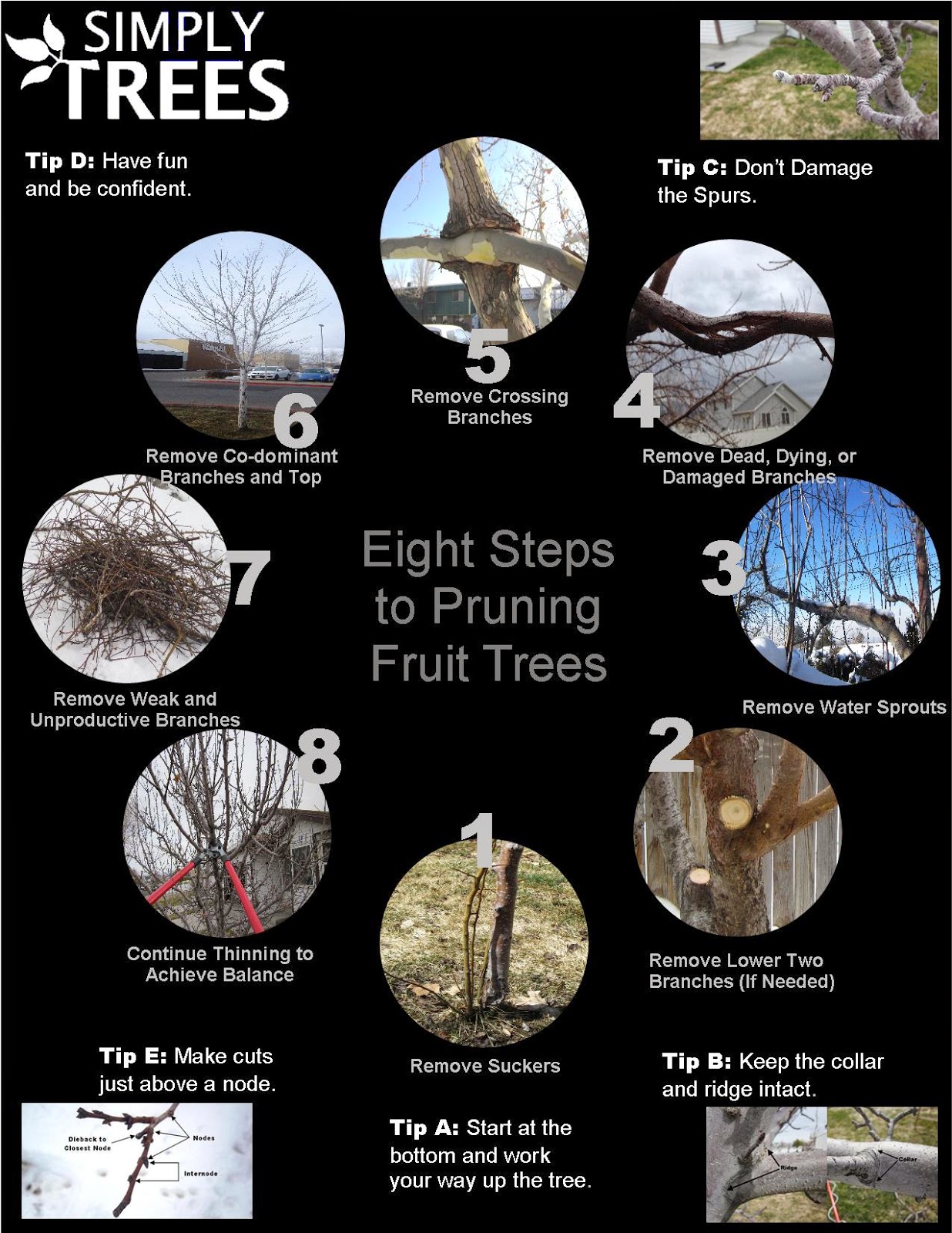Ideas That Suggest Tree Elimination: Exactly How To Spot Hazardous Trees
Ideas That Suggest Tree Elimination: Exactly How To Spot Hazardous Trees
Blog Article
Authored By-Lillelund Hubbard
When it comes to tree care, recognizing the indicators that it's time for removal is important for your safety and residential property. You may notice stained fallen leaves, wilting branches, or weird fungal developments showing health issue. Structural problems, like a considerable lean or cracks in the trunk, can likewise position dangers. Recognizing these warning signs can aid you make informed decisions regarding your trees and avoid prospective threats prowling in your backyard. What should you look for next?
Indicators of Degeneration and Disease
When you discover indications of decay and illness in your trees, it's important to act promptly. Seek stained fallen leaves, wilting branches, or unusual growths like fungi. These can suggest that your tree is struggling.
If you see splits in the bark or soft, mushy wood, these signs recommend internal decay. Furthermore, an unexpected rise in insects around your tree can indicate that it's weakened and prone.
Look for any dead or passing away arm or legs, as they present a threat to your building and safety. If you're uncertain about what you see, consulting an arborist can give clarity.
Addressing these signs early can save you from more extensive damages and guarantee the health of your lawn. Don't wait till it's too late.
Structural Instability and Leaning
As you observe your trees, watch out for any type of indicators of architectural instability or leaning. If Pruning Trees In Winter leans substantially, it might suggest that the root system is jeopardized.
Search for any type of splits in the trunk or soil around the base; these can indicate potential failing. In addition, look for uncommon growth patterns, like an unbalanced crown, which might suggest that the tree is battling to hold itself upright.
If you see that the tree leans toward your home, high-voltage line, or various other frameworks, it poses a greater threat. Do not disregard these indications-- speak with an arborist to assess the situation.
Acting early can protect against expensive damage and guarantee your safety and security.
Dead or Perishing Branches and Vegetation
If you notice dead or passing away branches and vegetation on your tree, it's a clear indication that something's wrong.
These unhealthy areas can indicate underlying concerns like condition, insect infestations, or ecological anxiety. When branches shed their leaves or turn brown, they're no longer adding to the tree's health and wellness. Overlooking https://www.wsmv.com/call_4_action/call-4-action-gets-homeowner-answers-after-she-says-her-tree-limbs-were-cut-without/article_82539bac-db1b-11e9-993b-2b4b4f710338.html might bring about further decrease, making your tree extra unsafe.
Dead branches can conveniently break short throughout storms, posing a risk to residential property and people nearby. It's crucial to analyze the degree of the damages.
If the problem affects a significant part of the tree, consider consulting a specialist. They can assist figure out if removal is required to make sure safety and security and keep the charm of your landscape.
Conclusion
If you notice any kind of indications of degeneration, architectural instability, or dead branches on your trees, do not overlook them. These indicators can posture major safety and security threats to you and your property. It's constantly best to consult a specialist arborist who can supply a professional assessment of your trees. Taking action early can prevent crashes and expensive damage, guaranteeing your landscape remains risk-free and healthy and balanced. Bear in mind, it's much better to be proactive regarding tree care than to await a disaster to occur.
